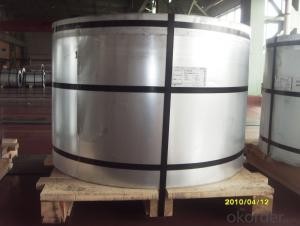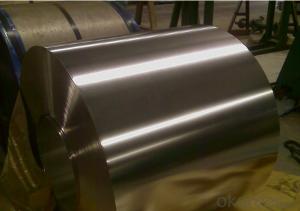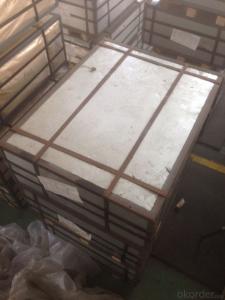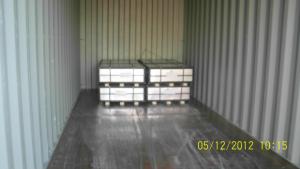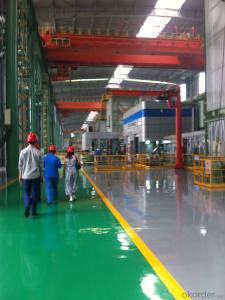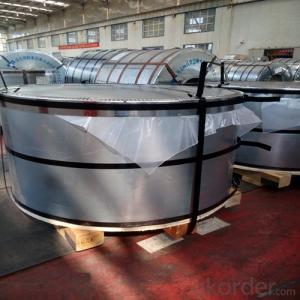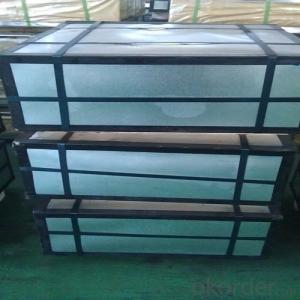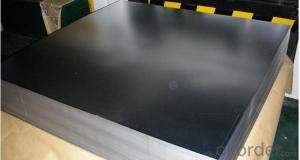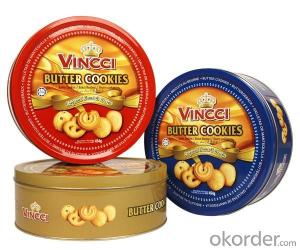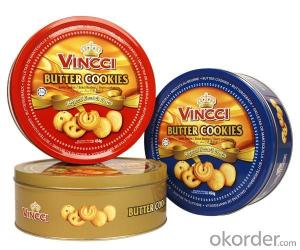All Categories
- - Steel Wire Rod
- - Steel Coils
- - Steel Profiles
- - Steel Pipes
- - Stainless Steel
- - Tinplate
- - Special Steel
- - Steel Sheets
- - Steel Rebars
- - Steel Strips
- - Hot Rolled Steel
- - Cold Rolled Steel
- - Pre-painted Steel
- - Seamless Steel Pipe
- - Welded Steel Pipe
- - Hollow Steel Tubes
- - Galvanized Pipe
- - Stainless Steel Coil
- - Stainless Steel Sheet
- - Stainless Steel Plate
- - Stainless Steel Strips
- - Electrolytic Tinplate Coil
- - Electrolytic Tinplate Sheet
- - Stainless Steel Rebars
- - Solar Panels
- - Solar Water Heater
- - Solar Related Products
- - Solar Inverter
- - Solar Cells
- - Solar Light
- - Solar Energy Systems
- - Solar Controllers
- - Solar Mounting System
- - Solar Pump
- - Solar Chargers
- - Fiberglass Chopped Strand
- - Fiberglass Mesh Cloth
- - Composite Pipes
- - FRP Pultrusion Profiles
- - Fiberglass Mat Tissue
- - Fiberglass Fabrics
- - Fiberglass Mesh
- - Composite Tank
- - Fiberglass Mesh tape
- - Polymer
- - FRP Roofing Panel
- - Fiberglass Roving
- - Monolithic Refractories
- - Ceramic Fiber Products
- - Refractory Bricks
- - Raw Materials For Refractory
- - Suspended Platform
- - Cranes
- - Concrete Machinery
- - Earthmoving Machinery
- - Building Hoist
- - Road Building Machinery
- - Plastic Pipe Fittings
- - Plastic Tubes
- - Plastic Sheets
- - Agricultural Plastic Products
- - Plastic Nets
 All Categories
All Categories
Q & A
How is the weight of tinplate packaging optimized for efficient transportation and reduced environmental impact?
The weight of tinplate packaging is optimized for efficient transportation and reduced environmental impact through a combination of design and material choices. The packaging is made from thin layers of tin-coated steel, which provides strength and durability while keeping the weight relatively low. Additionally, the design of tinplate packaging focuses on maximizing space utilization and minimizing empty spaces, allowing for more products to be transported in a single shipment. This reduces the number of transportation trips required and ultimately lowers fuel consumption and carbon emissions. Overall, the lightweight nature of tinplate packaging contributes to more efficient transportation, reduces environmental impact, and promotes sustainability in the packaging industry.
What is the impact of tinplate on the authenticity and preservation of collectible items and memorabilia?
Tinplate has a significant impact on the authenticity and preservation of collectible items and memorabilia. Its use in the production of tin cans, containers, and packaging materials has played a crucial role in protecting and preserving a wide range of collectibles, such as vintage toys, advertising signs, and antique tins. Tinplate's ability to shield these items from moisture, light, and other damaging factors helps maintain their original condition and authenticity. Additionally, the aesthetic appeal of tinplate packaging often adds to the charm and value of collectibles, making it an integral part of their overall authenticity.
How is tinplate affected by contact with abrasive materials?
Tinplate is susceptible to damage when it comes into contact with abrasive materials. The abrasive particles can scratch or scrape the tin coating, leading to the exposure of the underlying steel substrate. This can compromise the corrosion resistance of the tinplate and increase the risk of rusting. Additionally, the aesthetic appearance of the tinplate may also be adversely affected due to the formation of scratches or abrasion marks. Therefore, it is important to handle tinplate with care and avoid contact with abrasive materials to ensure its longevity and quality.
What are the standards and regulations governing tinplate production?
The standards and regulations governing tinplate production vary depending on the country or region. However, some common standards and regulations include those related to the composition and quality of the tin coating, the thickness and strength of the steel substrate, food safety regulations for tinplate used in packaging, and environmental regulations regarding the use of hazardous substances in the production process. These standards and regulations aim to ensure the safety, quality, and sustainability of tinplate production.
Wholesale Tinplate from supplier in Seychelles
With our expertise in supplying Tinplate products to the Seychelles, we offer a wide range of services to meet your needs. Whether you require sales assistance, quotations, or technical support, we are here to help.
Being a subsidiary of CNBM, a Fortune Global 500 company, we have the resources and capabilities to fulfill all your Tinplate procurement requirements in the Seychelles. Our strong global presence and established network enable us to provide competitive prices and reliable delivery.
Moreover, our team has extensive market experience in the Seychelles. This allows us to understand the specific needs and challenges of the local market, providing valuable insights that can contribute to the success of your projects. We can assist you in selecting the right Tinplate products for your applications and guide you through the entire process.
Partnering with us means having a trusted ally who will support you every step of the way. We are committed to delivering high-quality Tinplate products and exceptional customer service. Let us help you achieve success with Tinplate in the Seychelles. Contact us today to discuss your requirements and receive personalized assistance.
Being a subsidiary of CNBM, a Fortune Global 500 company, we have the resources and capabilities to fulfill all your Tinplate procurement requirements in the Seychelles. Our strong global presence and established network enable us to provide competitive prices and reliable delivery.
Moreover, our team has extensive market experience in the Seychelles. This allows us to understand the specific needs and challenges of the local market, providing valuable insights that can contribute to the success of your projects. We can assist you in selecting the right Tinplate products for your applications and guide you through the entire process.
Partnering with us means having a trusted ally who will support you every step of the way. We are committed to delivering high-quality Tinplate products and exceptional customer service. Let us help you achieve success with Tinplate in the Seychelles. Contact us today to discuss your requirements and receive personalized assistance.

